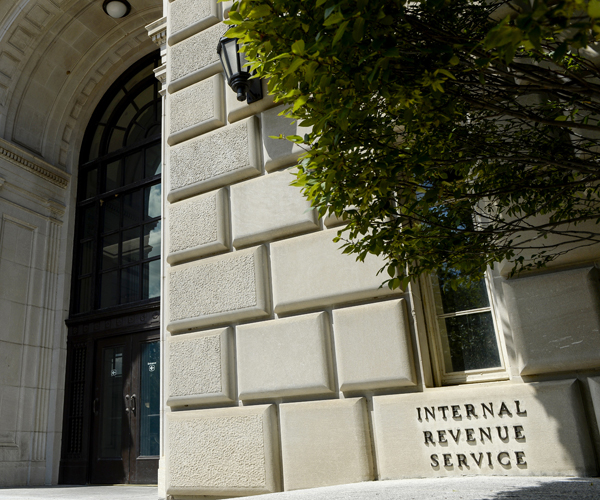
Believe it or not, Tax Day 2020 is just around the corner. (Flower Mound Tax Savings: Tax Reductions To Make Before 2020)
Many of us are scrambling to find last-minute tax deductions before 2019 ends and tax season begins.
No need to worry. The new tax law remains in full effect and offers dozens of legal loopholes and tax deductions.
Here are 16 sure-fire ways to make proactive decisions that can help Americans improve their finances and ensure their loved ones are provided for:
- Prepay real estate taxes on a residence to obtain a discount. By prepaying real estate taxes in 2019 that are otherwise due before the end of 2020, taxpayers can get a discount on their 2019 taxes.
- Protect your gains from taxes by leveraging your losses. Review your investment portfolio before the end of the year to see what long-term capital gains dividend distributions are. One way to protect your gains is by selling selected losing investments in your portfolio now.
- If you go green, don’t forget to save green. Taxpayers who upgraded their homes to make use of solar or other types of renewable energy in 2019 may be eligible for a tax credit of 30% to offset some of the costs.
- Pull the trigger on those much-needed home business purchases. Many taxpayers have side gigs and must pay both income and self-employment tax on those net profits. So, if you have expenses related to your business that need to be paid, do it before the end of December to offset any current taxable income.
- Check your withholdings. Last year, many Americans were surprised to learn they had not withheld enough from their paychecks during 2018. Check your tax withholdings regularly. If you feel more or less tax should be withheld, contact the payroll or human resources office at your employer.
- Start saving early for education with 529 education-savings contributions. With more options available for using 529 plans, taxpayers may consider contributing additional funds to existing accounts or setting up new 529 plans. Although contributions are not eligible for a federal income tax deduction, many states offer state income tax deductions.
- Bunch charitable contributions. For taxpayers planning to utilize the standard deduction instead of itemizing, consider bunching your charitable contributions into alternate years. Do this if it will allow you to take the standard deduction one year and itemize an amount that exceeds the standard deduction the next.
- Donate your required minimum distribution strategically. Taxpayers age 70.5 or older who need to withdraw their required minimum distribution from their IRA may consider utilizing a Qualified Charitable Distribution (QCD) of up to $100,000 to one or more qualified charitable organizations. It also allows for a reduced amount of income in computing the amount of Medicare Part B premiums.
- Max out that health savings account. One way to lower your taxes is to put the maximum allowed into your HSA (generally $3,500 for individual coverage or $7,000 for family). Do this even if you haven’t gotten there yet through your payroll deductions. You have until the April filing deadline to make a direct deposit to your HSA.
- Maximize employer 401(k) match opportunities. If your employer offers a 401(k) match, whenever possible, find out what the limit is and then contribute at least the amount required to get the maximum match. The result is that you will have free pre-tax employer contributions at the end of the year.
- Maximize Roth opportunities. Don’t overlook the opportunity to fully utilize the power of Roth to build family wealth by making all allowable contributions for family members with earned income, including kids, grandkids, and even parents. Starting a Roth account as young as possible allows for many years of tax-free growth.
- Prepay to save on your child’s camps. The cost of childcare for certain taxpayers can result in a childcare tax credit. If you qualify, don’t forget to include the cost of summer or winter camps if they are day camps and are used so the parents can attend work or school.
- Gift to heirs today to reduce future estate tax. The end of the year is a great time to make annual exclusion gifts. For those looking to reduce their estate tax exposure, individuals can give up to $15,000 to an unlimited number of beneficiaries per year without decreasing their lifetime estate tax exclusion amount or paying a gift tax.”
- Plan for today, tomorrow, and beyond with multi-year tax projections. Tax projections should be prepared for the current year and at least one additional year. This allows you to make decisions about when to time and plan income in order to maximize opportunities like the qualified business income deduction or the qualified opportunity zone program.
- Consider a Roth IRA conversion. Converting assets from a traditional to a Roth IRA creates tax-free income in retirement or for future generations. With lower marginal tax rates in place, this provides an opportunity for taxpayers to convert all — or a portion of — their traditional IRAs today.
- Self-employed? Why not establish a retirement plan for yourself and your employees? If you are self-employed and find yourself with some extra cash this year or are just interested in setting money aside for yourself or your staff, talk to a CPA financial planner today about your options.
Call Williams & Kunkel CPA today in Flower Mound at 972-446-1040 to have a chat and find out how you can save money on your taxes as a real estate professional.
In addition, you can connect with us to receive updates throughout the business week by following us on Twitter or LinkedIn or liking us on Facebook.
Source: Newsmax
